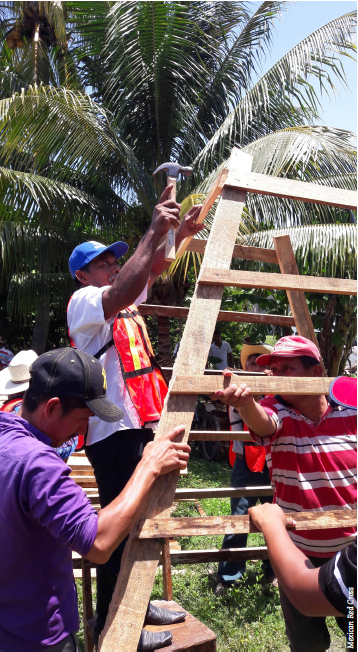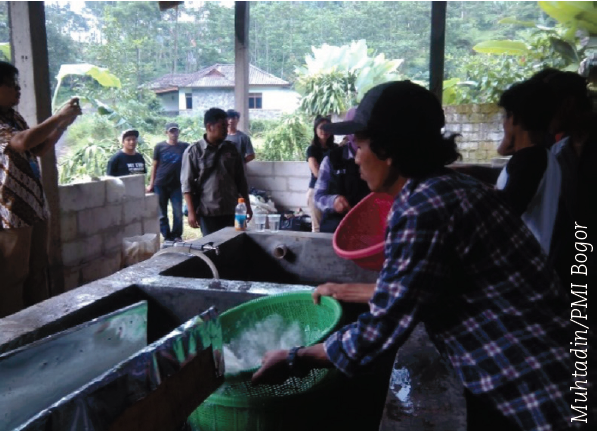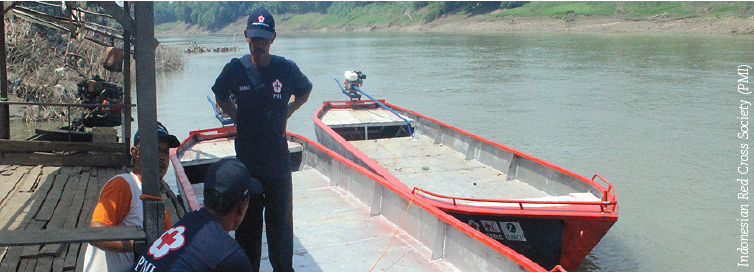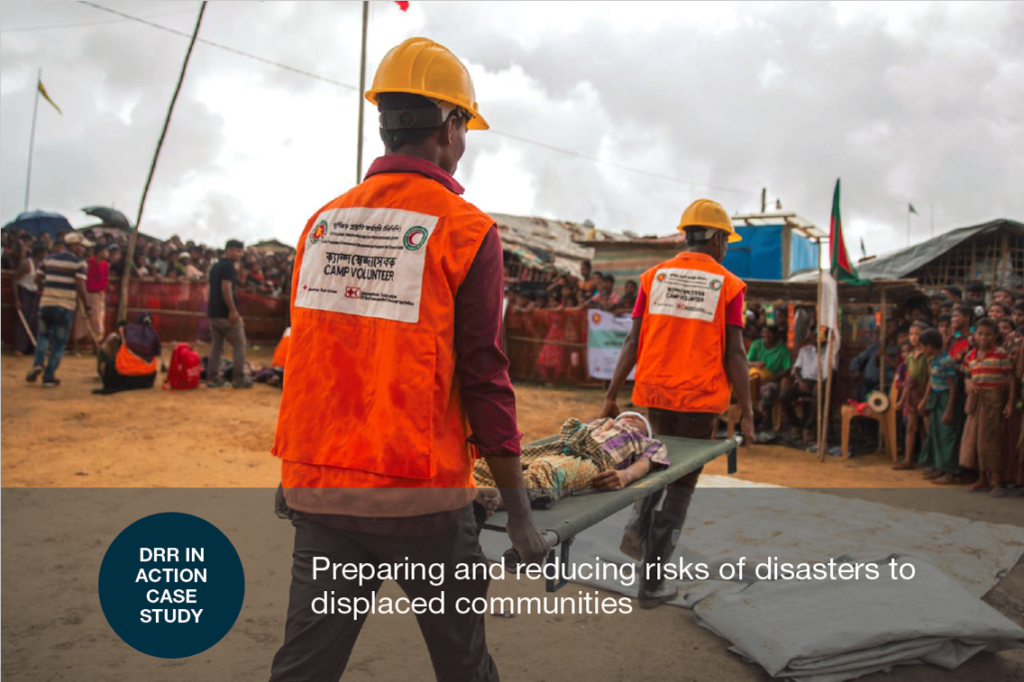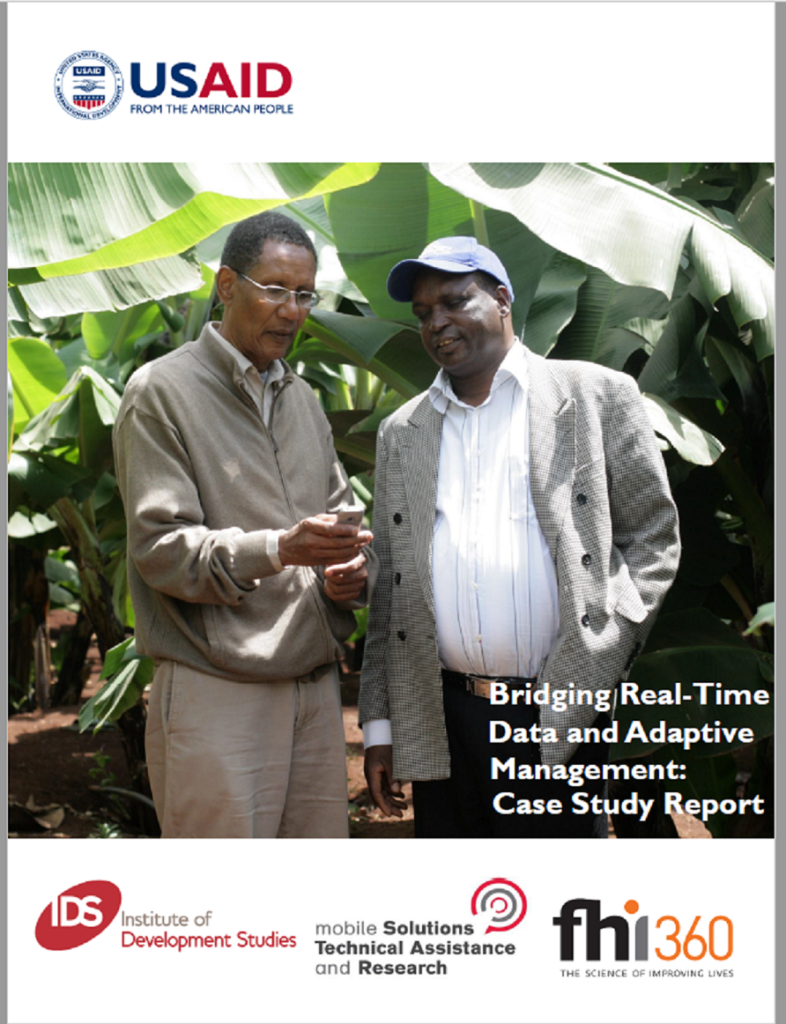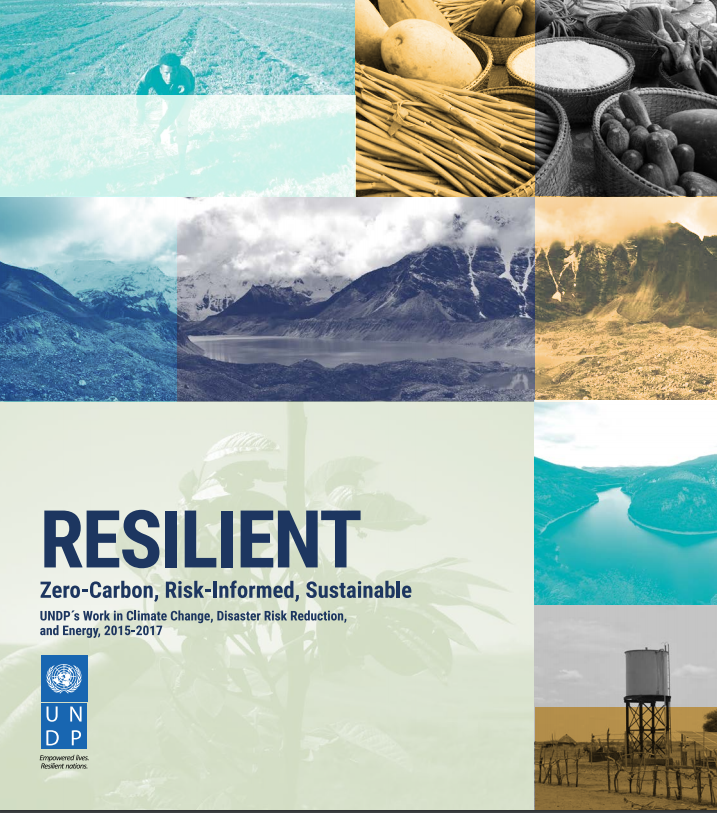The Flood Early Warning Early Action System (FEWEAS)
Half of Indonesia’s population of approximately 141 million people lives on the island of Java, home to several river systems as the Citarum river and the Bengawan Solo. Due to changing climate and environmental conditions, these river systems are prone to flooding. The Indonesian Red Cross (Palang Merah Indonesia, PMI), the International Federation of Red […]
The Flood Early Warning Early Action System (FEWEAS) Read More »


